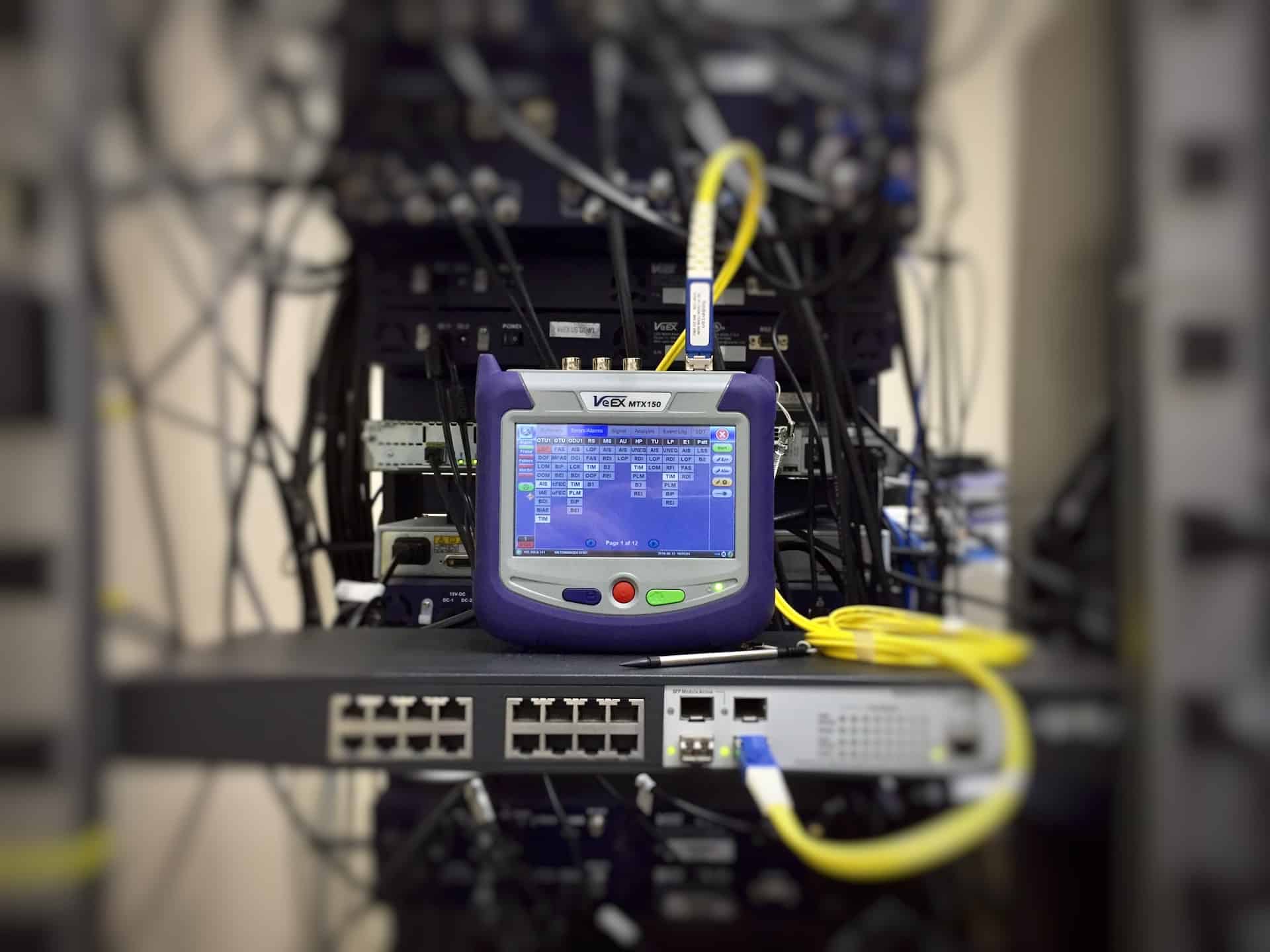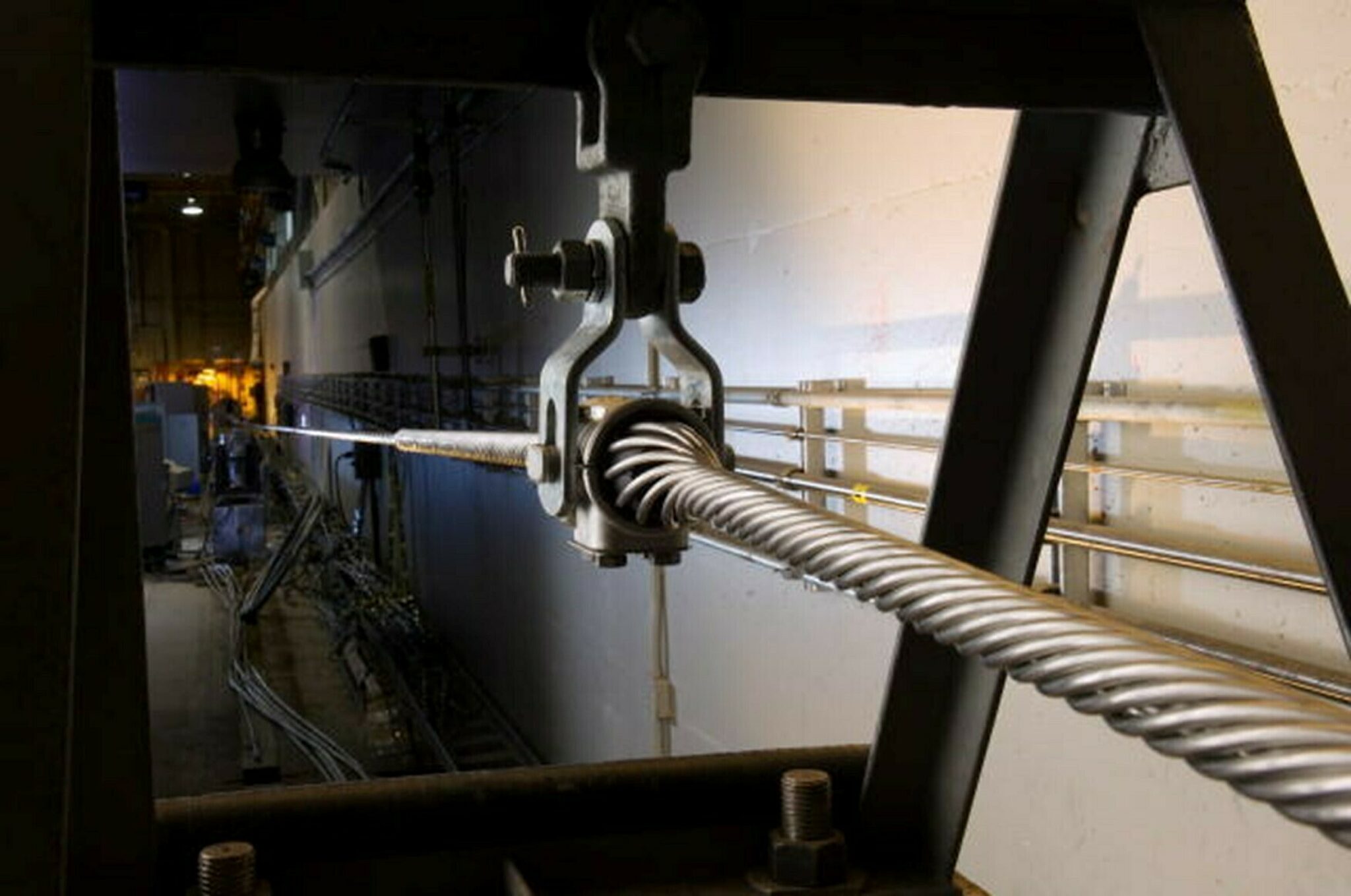Discover the Significance of Optical Fiber Screening in Modern Telecom
In the realm of modern telecommunications, the value of optical fibre testing can not be overstated, as it offers as the foundation for making sure network integrity and efficiency. What are the particular benefits that routine testing offers, and exactly how might it form the future landscape of telecommunications?

Recognizing Optical Fiber Screening
Optical fibre screening is a crucial procedure in telecoms that ensures the stability and efficiency of fiber optic networks. This screening incorporates a series of treatments made to evaluate the physical and practical qualities of optical fibers - optical fibre diameter analyser. Trick criteria assessed include optical power loss, bandwidth capacity, and fault area, which are vital for keeping high-grade communication web links
The testing procedure usually involves using specialized tools such as Optical Time-Domain Reflectometers (OTDR) and Optical Power Meters. OTDRs are employed to identify and characterize faults, entwines, and connectors within the fibre, while power meters measure the transmitted light signal toughness to ascertain efficiency.
In addition, screening is conducted at numerous phases, consisting of throughout installment, upkeep, and troubleshooting, to guarantee that the network satisfies sector criteria and functional requirements. Conformity with criteria set by companies like the International Telecommunication Union (ITU) and the Telecoms Industry Association (TIA) is paramount.
Advantages of Routine Evaluating
Normal screening of optical fibers returns many benefits that significantly boost network dependability and performance. Among the primary advantages is the very early detection of potential concerns, such as breaks or deterioration in the fibre, which can bring about expensive downtime if left unaddressed (optical fibre testing equipment). By identifying these issues proactively, telecommunications suppliers can decrease solution disruptions and make sure consistent connection for their customers
Furthermore, regular testing helps to maintain the stability of signal quality. As optical fibers age, their performance can be influenced by variables such as environmental conditions and physical anxiety. Regular evaluations enable the surveillance of signal loss and overall transmission efficiency, making sure that the network operates at ideal degrees.
Another significant advantage is compliance with market requirements. Regular screening supports adherence to governing needs, consequently alleviating legal and monetary threats related to non-compliance. It boosts the general lifespan of the fibre infrastructure by assisting in timely upkeep and fixings.

Typical Testing Methods
Checking optical fibers utilizes various approaches to make certain the integrity and efficiency of telecoms networks. Among the most usual strategies is Optical Time Domain Name Reflectometry (OTDR), which examines the entire size of the fiber by sending out a pulse of light and determining the reflections triggered by blemishes or breaks. This approach offers detailed info about the location and intensity of mistakes.
An additional prevalent approach is making use of Optical Power Meters, which gauge the amount of light transferred via the fibre. This strategy assists identify the loss of signal stamina, ensuring that it meets market criteria. Furthermore, Visual Mistake Locators (VFL) are utilized to determine breaks or serious bends in the fiber by projecting a noticeable laser light right into the cable television.
Insertion loss testing is likewise essential, as it measures the loss of signal power arising from links and splices within the network. The use of Polarization Mode Diffusion (PMD) testing analyzes the effect of fiber qualities on signal stability.
Each of these techniques plays a crucial role in preserving the performance and integrity of optical fiber networks, inevitably adding to smooth telecommunications operations.
Influence On Network Efficiency
The integrity and efficiency of optical fiber networks directly affect general network efficiency. In modern telecoms, the efficiency of information transmission counts heavily on the quality of the optical fibers used. Any destruction in the fibre's problem-- whether due to physical damage, contamination, or too much bending-- can cause enhanced attenuation and signal loss, significantly affecting data integrity and rate.
Normal optical fiber screening is necessary to identify and correct possible concerns prior to they materialize as network failings or downturns. Strategies such as Optical Time Domain Reflectometry (OTDR) visit this site right here and insertion loss testing make it possible for service technicians to gauge the performance of fibre web links accurately. These examinations not only examine the physical problem of the fibers yet additionally make certain compliance with industry standards, consequently guarding the network's dependability.
Furthermore, a well-maintained optical fiber network adds to minimized functional costs and boosted client satisfaction, as end-users experience less interruptions and higher data prices. Ultimately, the focus on extensive optical fiber testing techniques offers as a keystone for sustaining robust telecommunications infrastructure, making sure that solution click here to find out more companies can meet the growing needs for bandwidth and connection in today's digital age.
Future Patterns in Testing
As we look ahead, improvements in innovation are poised to improve optical fibre screening in telecommunications. The increase of automation and expert system (AI) is expected to enhance the performance and accuracy of testing procedures. Automated testing systems can perform thorough evaluations with minimal human treatment, substantially minimizing the capacity for errors and accelerating time-to-deployment.
Additionally, the combination of artificial intelligence formulas will allow predictive maintenance, permitting network service providers to visualize potential problems prior to they rise right into failings. This aggressive technique not only enhances network reliability however also enhances operational expenses.
One more emerging pattern is the growth of click mobile testing gadgets that offer real-time evaluation - fibre testing equipment. These tools will certainly encourage technicians to carry out on-site diagnostics rapidly, assisting in quicker resolutions and enhancing solution high quality
The development of 5G networks even more necessitates the evolution of testing approaches. As bandwidth demands enhance, typical screening methods might no more are adequate. Ingenious solutions such as optical time-domain reflectometry (OTDR) and progressed spooky evaluation will become important in ensuring the integrity and efficiency of high-speed links.

Conclusion
Finally, optical fiber screening is necessary for making certain the stability and reliability of modern telecoms networks. Routine screening techniques not just assist determine prospective problems such as signal loss and faults but likewise add to enhanced network performance and customer complete satisfaction. As the demand for smooth connectivity remains to expand, the fostering of innovative testing approaches will play a crucial function in keeping top quality network criteria and sustaining the evolving landscape of telecommunications.